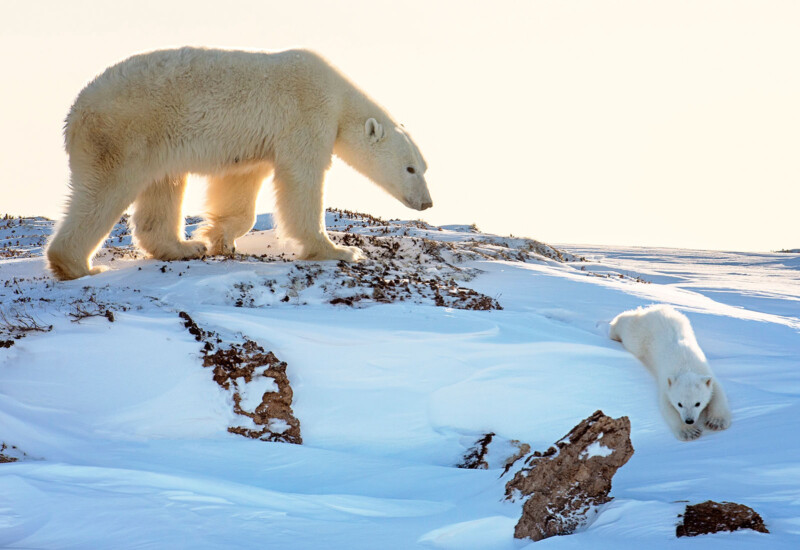
Wildlife photographer and Nikon Ambassador Michelle Valberg is well known for her beautiful photos of Canada’s most incredible and iconic animals, including wolves, bears, moose, whales, and so many more.
PetaPixel contacted Valberg after seeing her photos in an ongoing exhibit, Wolves! Shape-shifters in a Changing World, at the Museum of Nature in Ottawa, Ontario, Canada. As it happens, the exhibit was recently extended, and will not be on offer at the museum through next September. The dozens of large prints of Valberg’s photos was a highlight of the visit to the museum, which is one of Ottawa’s finest offerings.
How Michelle Valberg Got Bit by the Photography Bug
No matter how accomplished a photographer is, everyone gets their start the same way — with their first time taking a photo. For Valberg, that came when she was a teenager. Her dad gave her his camera before she headed off to Lake Placid, New York, on a trip.
“I came back and said, ‘I want to be a photographer.’ And I always joke that my dad replied, ‘And what else? Because you’re not going to make a living in photography,’” she tells PetaPixel.
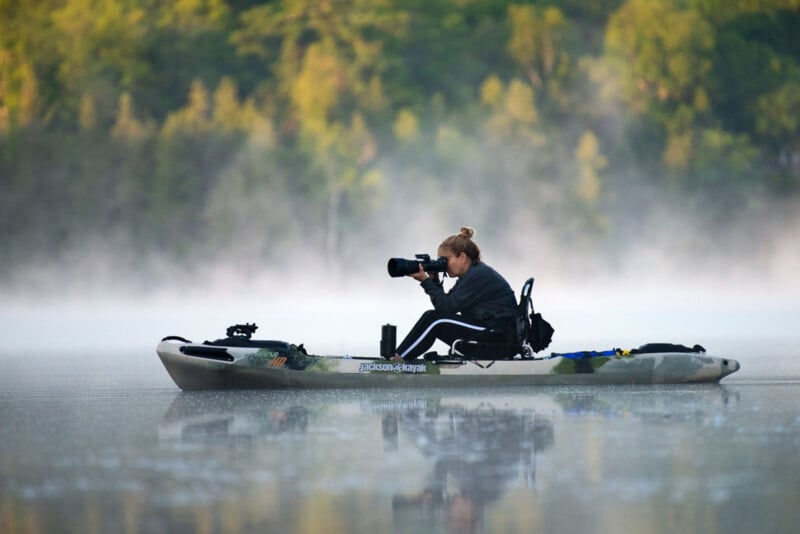
After realizing her passion for photography, Valberg received a fine arts education in Ottawa, Ontario, including technical training at Algonquin University. She started her photography business as soon as she finished school, and at that point, she “did everything,” including videography.
While these days celebrated celebrated for wildlife, nature, and landscape photography, which has always been her passion, Valberg did events, weddings, and portraits to make ends meet for a long time. She says the skills she honed then, including communication, marketing, skills with people, and working in fast-paced environments, have benefited her greatly as a wildlife photographer.
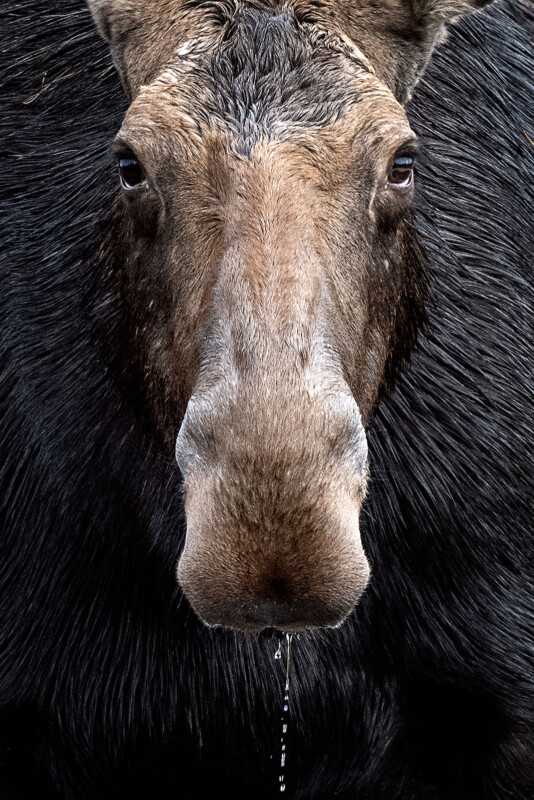
For a while, the budding photographer had to “say yes to everything…if you want to make a living at photography or you want to build a business, you cannot say no to any jobs.” And building a business is precisely what the photographer did. At one point, she had 13 people working for her.
“In artistic, creative, and technical ways,” Valberg’s time as a wedding photographer informs her work today. “I haven’t done a wedding in 20 years or so, but I go back to that whole time. The time management, thinking on your feet, it’s really important.”
“I would never have thought that kind of background would have ever translated into what I do today,” Valberg admits, “But all the opportunities that come your way craft you into a better photographer.”
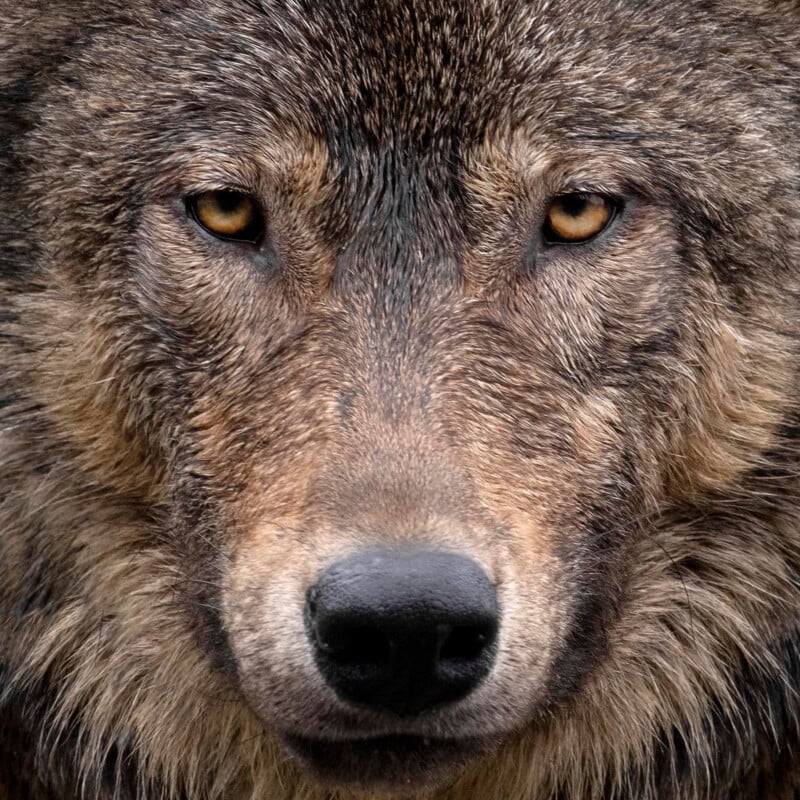
Breaking Through in a Male-Dominated Industry
For many talented women across diverse fields, talent alone has not always been enough to get the opportunities that people deserve. Valberg doesn’t think being a woman has ever been a limitation, but she credits women who have mentored her and helped her for much of her success. She also emphasizes that some of the most influential figures in her life haven’t been visual artists but businesspeople.
When Valberg got her start decades ago, she had taken her ex-husband’s surname, and many people associated her business with him (he was at the time a professional athlete). “It drove me nuts. He had nothing to do with my business. I just had his name.”
Even getting a business loan to get her up and running was a challenge, partly because she was a woman. “We’re talking about 38 years or so, so it was a lot different then,” Valberg says while explaining that even though her husband didn’t have an income at the time, he still had to be present for the bank to approve the photographer for a loan.
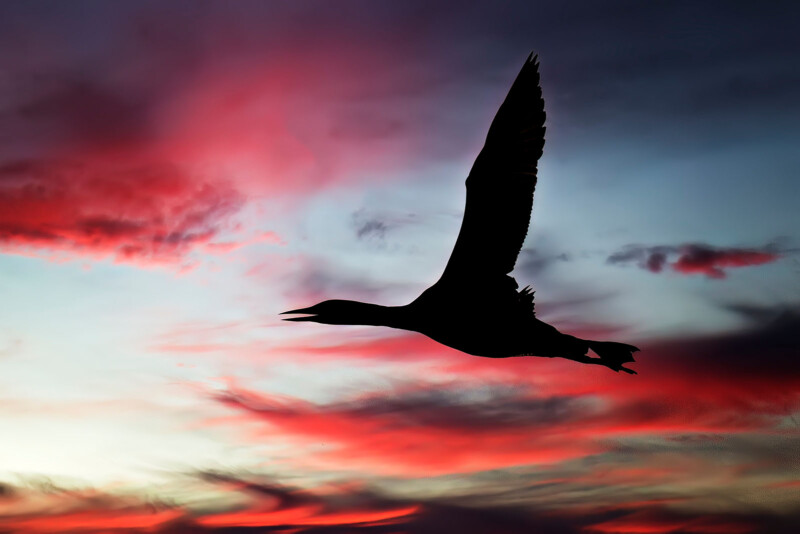
“I don’t want to generalize. I have wonderful, amazing male friends and male photographers that I hang out with that are so supportive,” Valberg explains, “But [women] struggle perhaps a little bit more, especially being young women, and you want to do this or do that, but [clients] don’t always trust you or that you know what you’re doing.”
“I did a book on Canadian women because of my experiences. I wanted to highlight the amazing women in Canada and celebrate who they are and what they’ve done, whether they were a president of a company, or if they were a survivor, or a mom, or whatever it was they were doing,” Valberg explains.
As for advice for young women trying to carve their own way in photography or any other industry, Valberg says to “forge ahead and be confident. That’s the most important thing. Don’t back down. If you’re met with prejudice, those people aren’t supposed to be in your life.”
“I never said to myself, ‘I can’t do this’ or ‘I don’t deserve to be here.’ You deserve the opportunity just like anybody else,” says the photographer.
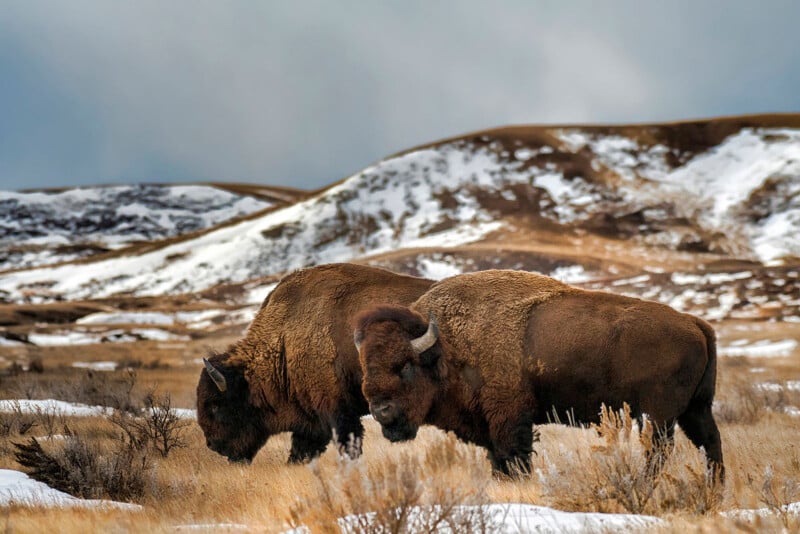
Canada’s Roots Run Deep Through Michelle Valberg
“Canadian photography is huge for me. I embrace it. First of all, I love my country. And second, our parents taught us about Canada growing up,” Valberg says, explaining that her parents took the family all over the country as a kid. “They wanted us to experience Canada, and the more I did, the more I realized how much I love my country.”
Canada is a massive, diverse country, and Valberg’s photography reflects its varied beauty. “That’s really the bulk of my sales, my Canadiana,” Valberg says, adding, “There’s an enormous interest from the United States and all over the world in Canadian wildlife.”
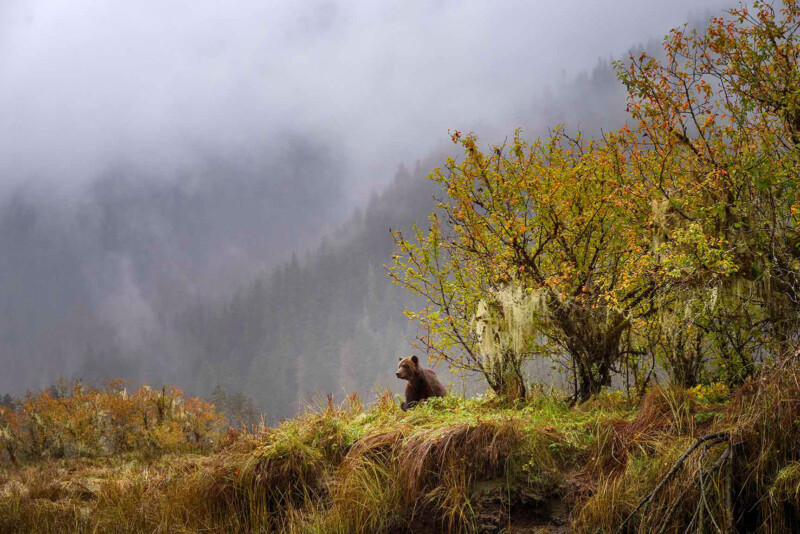
Nature photography is a fantastic way to highlight hidden and underappreciated habitats and animals, which Valberg achieves through her work. It is also a meaningful way to jumpstart ever-important conservation efforts.
Although she has traveled worldwide to take photos and is on a trip to islands in the South Pacific at the time of writing this, one of Valberg’s all-time favorite photos is from her homeland.
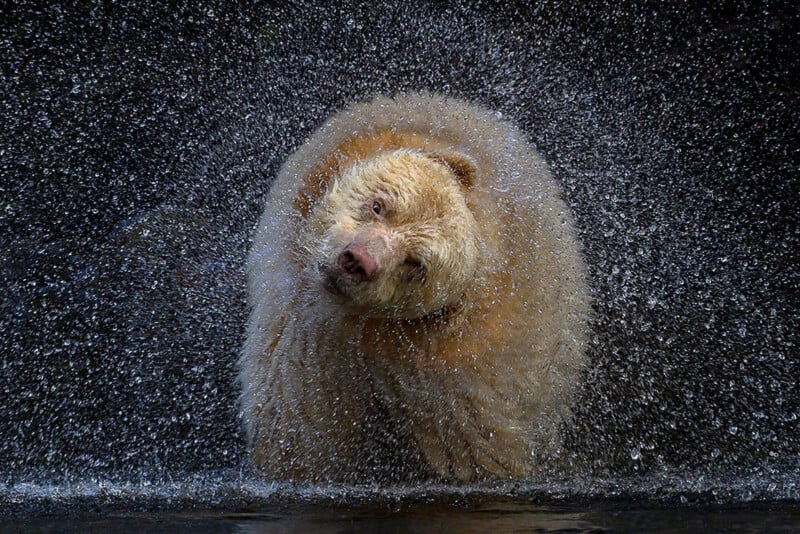
“It was one of those moments that I will never forget. As photographers, I think we’re always looking for that one image that speaks to us or highlights what our personal experience was. I think it was the experience and that connection to that animal that was only feet away from me [that makes ‘The Boss’ so special]. He trusted me in his space,” Valberg says.
“Of all the places in the creek, he stopped right in front of me, faced me, and then put his head under the water as he was fishing for salmon roe off the bottom of the river. I had never seen him do that before,” she explains. “When he did it the first time, I didn’t have the right lens. I didn’t have the right settings. I wasn’t ready for it.”
Fortunately, Valberg got a few more opportunities and nailed the shot.
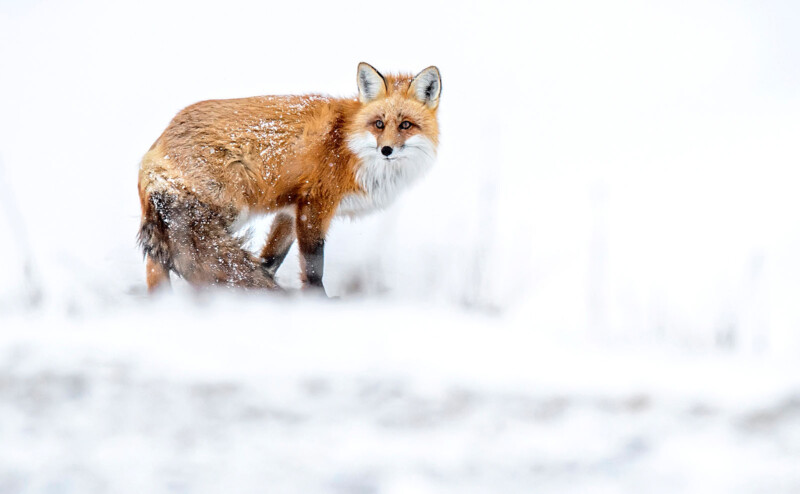
Putting All the Pieces Together
A common theme among many successful photographers is that their best shots include a bit of luck but would be impossible without the skills afforded by hard work and experience. While a once-in-a-lifetime shot inherently requires good fortune, a photographer must do more than just being in the right place.
Granted, knowing what “the right place” is a skill in and of itself. Valberg has spent an incredible amount of time in the field, learning about different wildlife and honing her photographic skills. But she admits she’s not a wildlife biologist or an outdoors guide. She relies heavily upon the talents of others to help put herself in the best position to succeed.
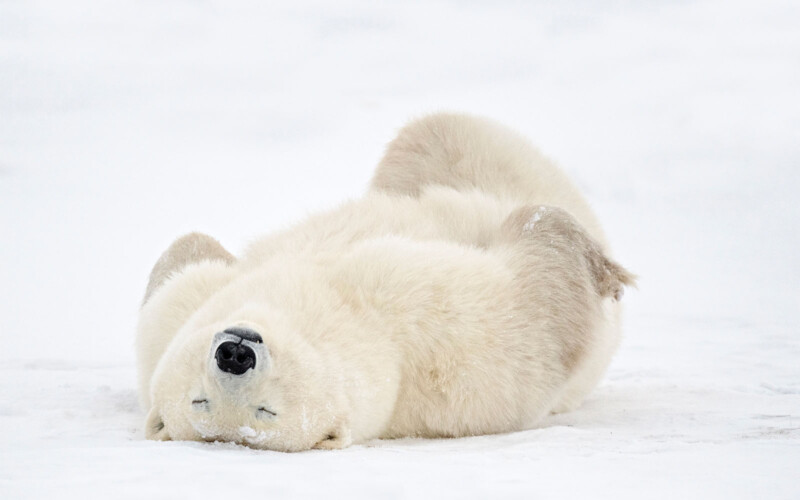
“If you have a really good guide, they’re going to help you,” Valberg asserts. “I learn a lot from guides.”
There are many excellent reasons to hire a guide. “For safety, if you’re photographing wolves or bears — I’m constantly listening to guides and taking their lead. I don’t want to put the animal in danger. I don’t want to be in danger,” she says. “We’ve got to be completely respectful in every way so no harm comes to either side.”
Even if she is only going to have an afternoon in a location, even if it’s one she’s been to before, Valberg regularly hires a guide. “I’d rather hire somebody to take me to the places that I know will provide me better luck than if I had gone out on my own.”
Attracting Attention in the Instagram Age
Although undoubtedly true with The Boss, Valberg’s portfolio is filled with extraordinary, eye-catching, and attention-grabbing wildlife and nature photos. How does she ensure that her photos have the instant impact required to get (and keep) viewers?
“I’m looking for an emotional impact, so I know that I can draw on the viewer or at least engage them enough that they don’t continue thumbing through to the next image. With Instagram, we’re flooded with amazingness. And if you’re following wildlife photography, it’s just one after the other. So how do you stop that person so you can tell your story?”
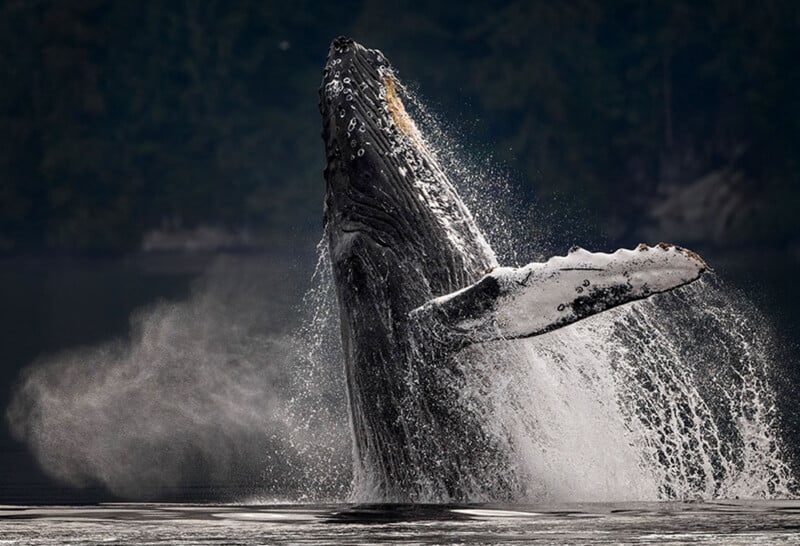
“I think [you must] start with emotion. Your technical skills have to be good, too, and you have to have the right opportunity. Well, you must create that opportunity and then have the right luck.”
Like every photo genre, light is critical for wildlife images. “You have to have the light. You need the experience. And then, from there, it comes down to image choice.”
Valberg admits that even she sometimes makes the wrong decisions. “I might not always choose the right image in the moment to send the desired message. I think after many years, I’ve got it. I think I get how I want to create an emotional impact.”
From there, photographers must select the correct camera settings and nail the technical aspects of an image. And of course, a compelling composition is a must.
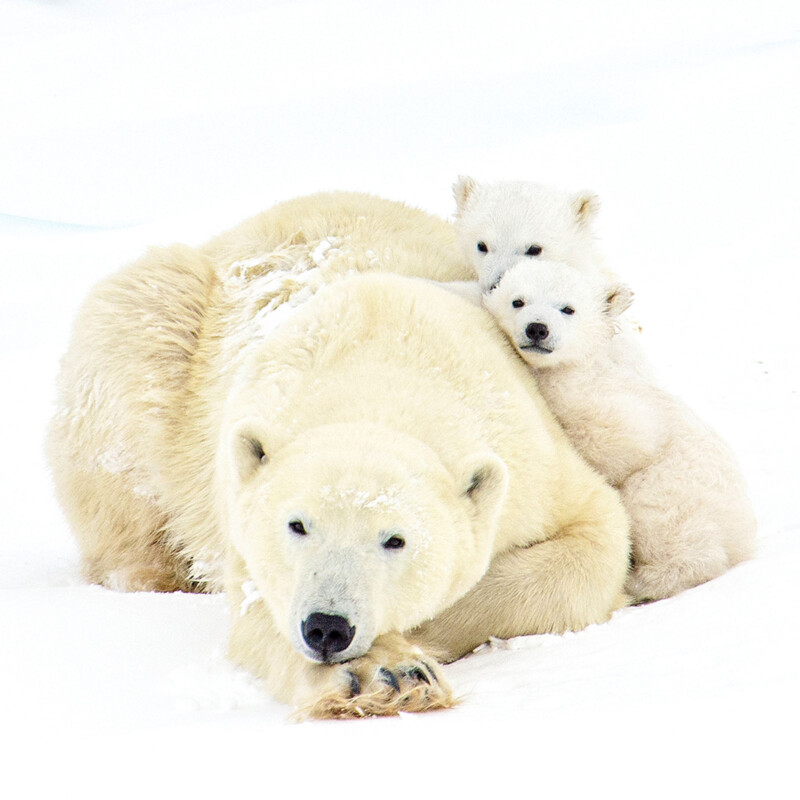
As a frequent competition judge, Valberg knows first hand what it’s like to see many amazing images, one after the other. “It’s that immediacy, the first reaction. It must be visceral.” Often, the difference between winning and losing a contest comes down to whether a judge is stopped in their tracks by an image. A successful photo makes a seasoned vet go, “I love that. I want to take a photo like that. What is it? Where is it? I need to go there.”
“I need the questions ‘What, where, when, who, and why?’”
How Changing Technology Has Evolved Wildlife Photography
Having been in the industry in one form or another since the film era, Valberg has been through it all. She was one of the first wedding shooters to make the complete transition to digital, which, she admits, included some growing pains. However, it also gave her the ever-important “unique selling point” in a competitive market.
For her wildlife photography in the past few decades, improving camera technology has been acutely felt. Better lenses have mattered a lot, too. For example, with the advent of mirrorless technology, telephoto lenses have gotten lighter.
Among Valberg’s favorite lenses these days is the Nikon 800mm f/6.3 VR S, which is remarkably compact and lightweight.
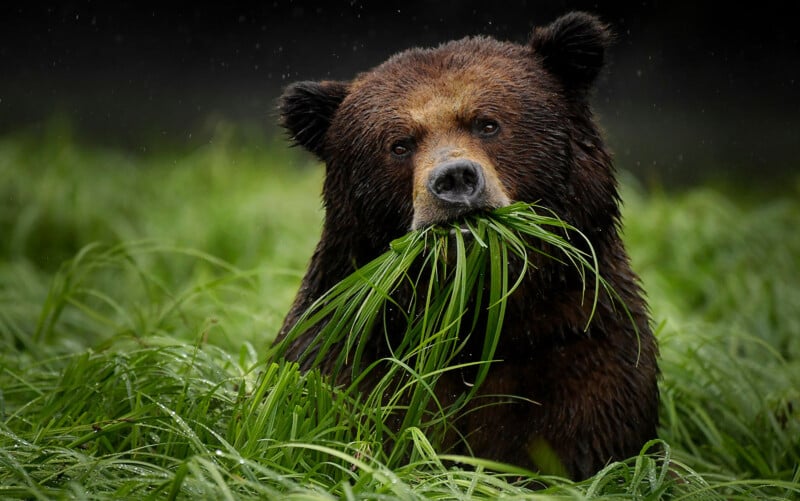
“I would shoot the 600mm f/4, but that meant a tripod. It meant an extra bag. And there was no way I could handhold that in a moving [boat] on a dark morning or pouring rain.”
As for camera features, the move to mirrorless cameras like the Nikon Z9 has meant much more than lighter lenses. It has also meant faster continuous shooting speeds and significantly better autofocus. In fact, in the DSLR era, even when shooting fast-moving subjects, Valberg says she frequently utilized manual focus.
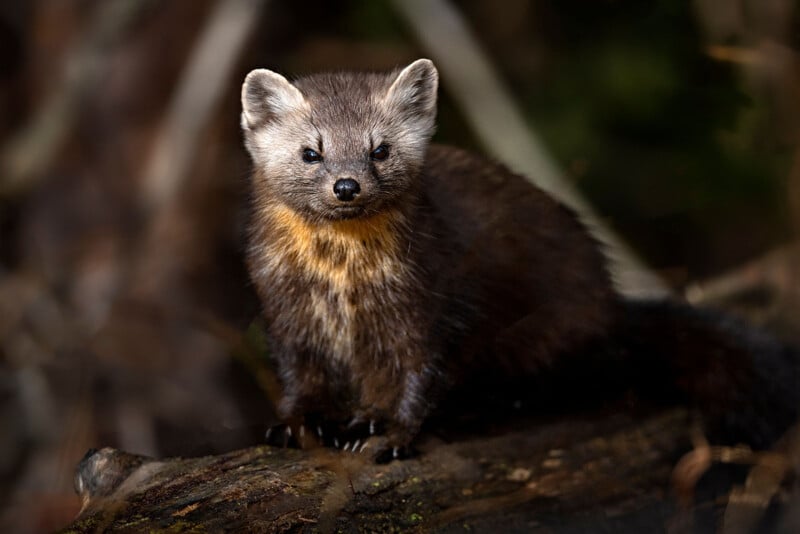
Somewhat ironically, manually focusing has never been easier than it is with mirrorless cameras and their ability to focus peak and zoom in while shooting through the viewfinder. Still, Valberg touts the Z system’s AI-powered autofocus and powerful subject detection as a total gamechanger in the field.
“It’s phenomenal. When it picks up an animal’s eye at distance? It’s ridiculous.”
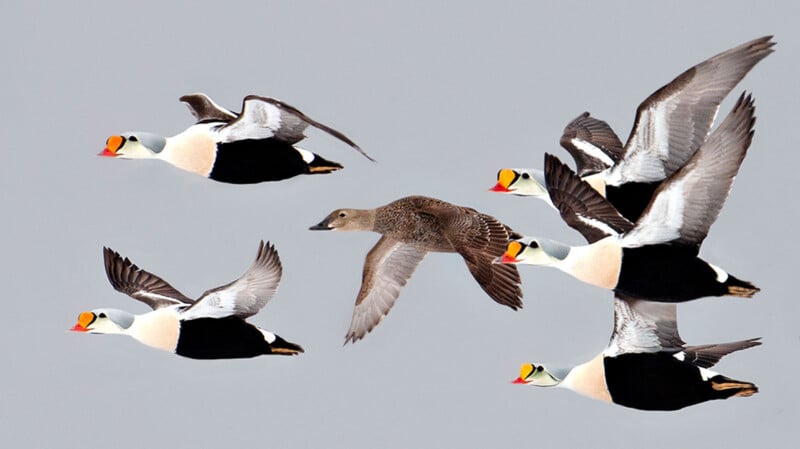
Although she has been capturing amazing images for a long time, way before mirrorless camera technology arrived on the scene, Valberg says that she can get shots now that were impossible not so long ago.
Conservation in the Digital Age
Although she doesn’t consider herself a “conservation photographer,” insofar as “conservation” is a “big word,” Valberg thinks she is more like a steward and a visual storyteller. Further, the photographer argues that we are all stewards.
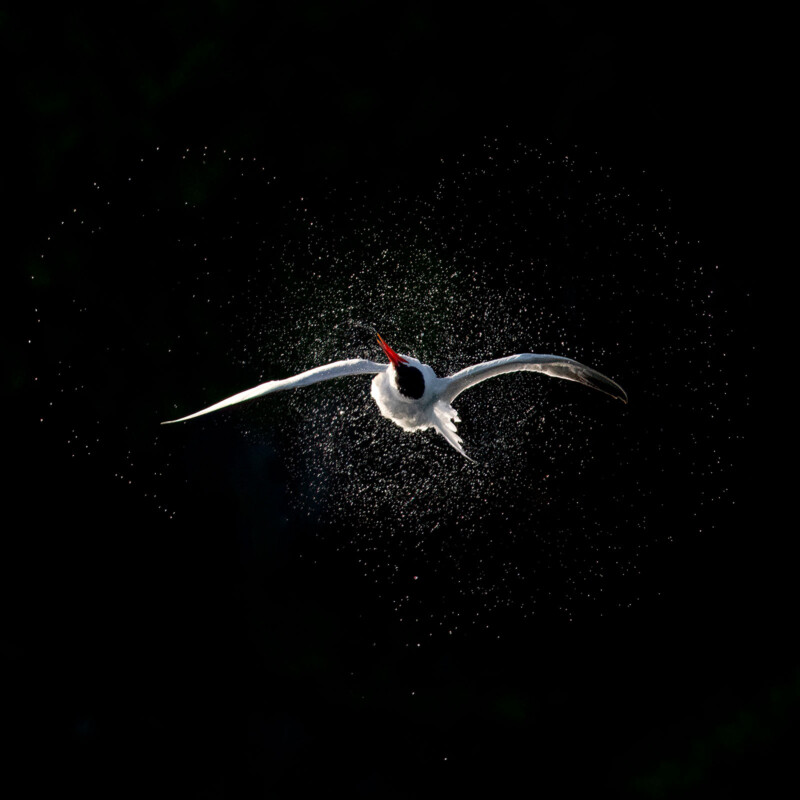
“It doesn’t matter if you have a DSLR, mirrorless camera, or a smartphone, whatever it is, you have an opportunity to share with the world where you are and what you’re looking at. If you have a story that involves the environment or conservation or animal under threat, or you see something that’s not right or bad behavior or whatever it might be, your images are a powerful tool. And it’s not just still photographs, but videos too.”
Valberg passionately believes that everyone can make a difference through photography, and images are remarkably powerful ways to create lasting, meaningful change.
More From Michelle Valberg
Michelle Valberg is a Nikon Ambassador and celebrated wildlife photographer. Her accolades are too lengthy to list here, but can be read in full on her website.
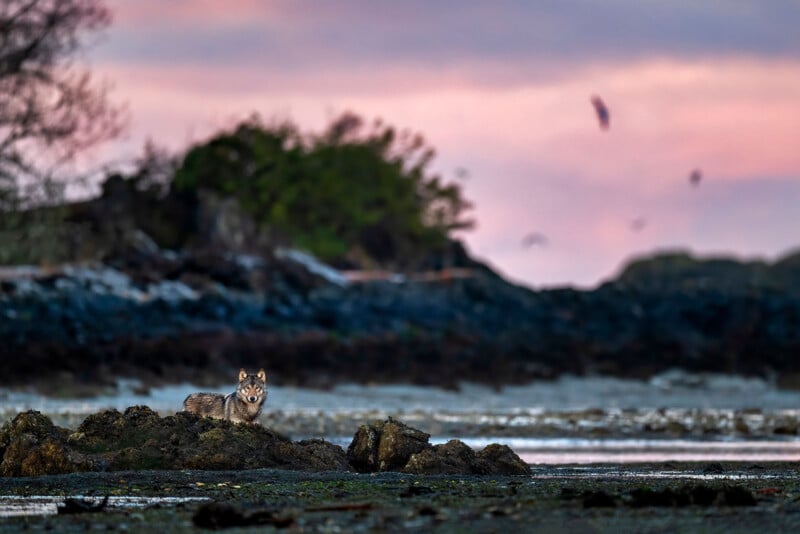
Her beautiful wolf images are on display at the Museum of Nature in Ottawa, Ontario, through September 2024.
Valberg is also a valued member of the Journal of Wildlife Photography, and has a new video course releasing later this month on November 24. Additional information about memberships to the Journal of Wildlife Photography is available here.
On December 1, this contest page will update to reflect the Journal of Wildlife Photography’s annual end-of-year photo contest. There will be $6,000 in prizes awarded and subscribers can enter the competition for free.
Image credits: All images © Michelle Valberg. Additional photos are available on her website and Instagram.
